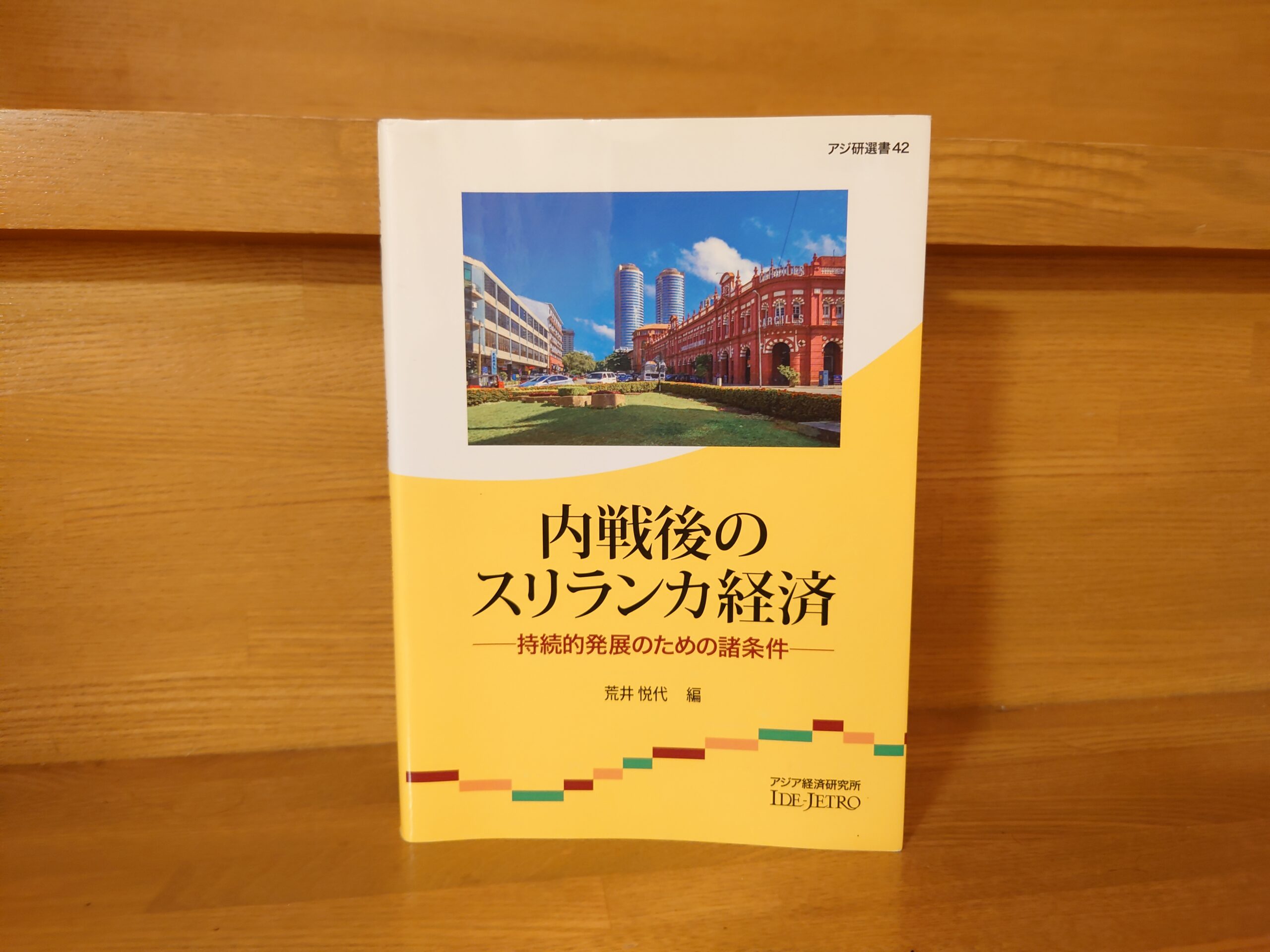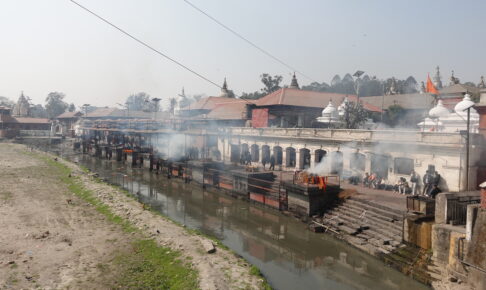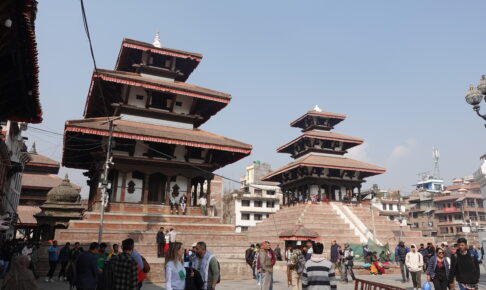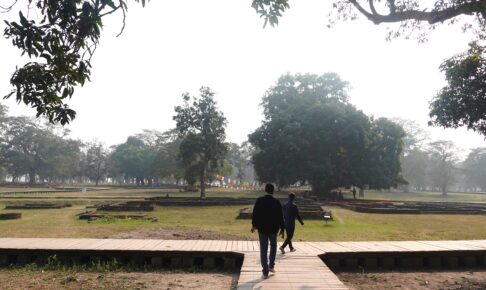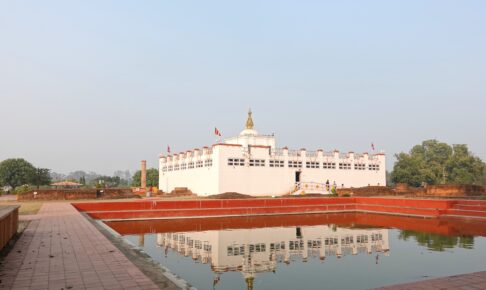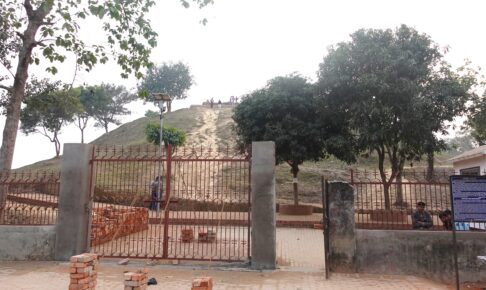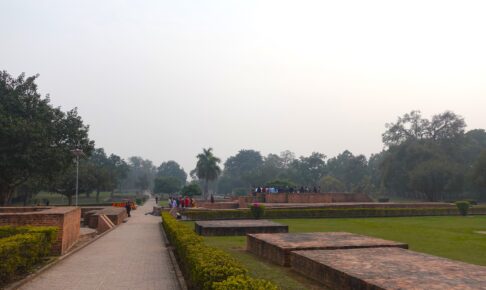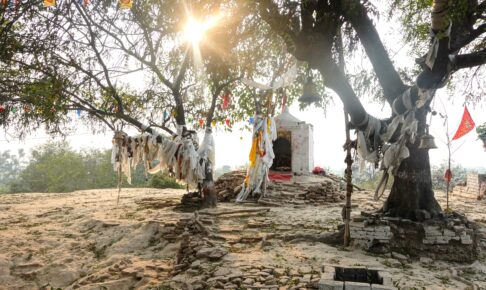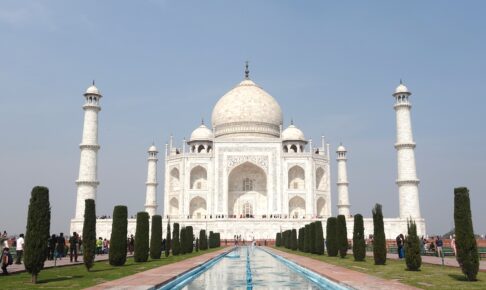Summary and Comments on "The Sri Lankan Economy after the Civil War: Conditions for Sustainable Development" edited by Etsuyo Arai - Recommended for learning about the economic situation and civil war as of 2016.
We are pleased to present "Sri Lanka's Economy after the Civil War: Conditions for Sustainable Development," edited by Etsuyo Arai, published by the Asian Economic Research Book in 2016.
Let's take a quick look at the book.
This book is designed to help you understand Sri Lanka, especially its economy, now that it is free from civil war and civil war-related unrest. The reason for this is that the figures released by the Central Bank of Sri Lanka after the end of the civil war were at a level that made me wonder if Sri Lanka was a different country from the one I knew. What exactly happened in Sri Lanka after the end of the civil war? I also felt that after the civil war, Sri Lanka was gaining interest from people who had never heard of Sri Lanka before. Sri Lanka is a small country, about the size of Hokkaido, with a population of about 20 million, but it is rich in diversity. The same is true of the economy. How does a country with no natural resources like Sri Lanka survive in the fierce price competition? I would be happy if this book could be an opportunity for you to learn about Sri Lanka.
AmazonProducts Page.
Sri Lanka was in a state of civil war between the majority Sinhalese and the minority Tamils from 1983 to 2009.
The major catalyst for this civil war was the conflict between the Sinhala Buddhists, who make up the majority of Sri Lanka's population, and the Hindu Tamils, who constitute a minority. However, this conflict did not begin in the beginning. It was only the emergence of the country's unique religious and ethnic outlook, which combined Sri Lankan Buddhism and nationalism, that intensified the conflict. For more information on the background of this civil war, please refer to Toshio Shibuya's article on this blog.Sri Lanka Today Magazine.and Yoshio SugimotoThe Legacy of Buddhist Modernism."I recommend a book
In these books, religion and nationalism are discussed, but this book, "The Sri Lankan Economy after the Civil War," is a specialized study of the post-civil war economy. I have read many books on Sri Lanka in the past, but this is the first book that focuses on the economy, which is very new to me.
The author says the following about this book in his "Introduction".
Sri Lanka was in a state of civil war from 1983 to 2009. Although the civil war was limited to the north and east of the country, security checks were frequent, first at the airport, then at the entrance to downtown Colombo, at the entrance to hotels, at the entrance to shopping centers, and everywhere else. However, life in Colombo and Kandy was seemingly peaceful, and people seemed to be leading normal lives.
I was living peacefully in Colombo, thinking, "I don't know if people are numb because of the prolonged civil war. One day, however, I was standing next to a very restless woman on a bus. I got scared and got off the bus in a hurry, even though it was just before my destination, thinking that maybe she had a bomb wrapped under her clothes and was on her way to be a suicide bomber. I got off the bus in a hurry, even though it was just before my destination, because there had been a female suicide bomber a short time before. In hindsight, the woman may have been on her way to the hospital after being informed that a family member had suddenly been hospitalized. It was then that I finally realized that living in a town where a suicide bombing might occur is a place where this kind of anxiety is bound to occur.
Of course, now you don't have to worry about this. We can go out with peace of mind. The number of tourists from overseas has also increased. I see more and more Western tourists being pushed out of large sightseeing buses. During the civil war, microbuses were the most common. Along the road overlooking Lake Kandy, new hotels are springing up like bamboo shoots after the rain.
This book is designed to help you understand Sri Lanka, especially its economy, now that it is free from civil war and civil war-related unrest. The reason for this is that the figures released by the Central Bank of Sri Lanka after the end of the civil war were at a level that made me wonder if Sri Lanka is a different country from the one I know. What exactly happened in Sri Lanka after the end of the civil war?
I also felt that after the civil war, Sri Lanka was gaining interest from people who had never heard of Sri Lanka before. Sri Lanka, with a population of about 20 million, is a small country about the size of Hokkaido, but it is rich in diversity. The same is true of the economy. How does a country with no natural resources like Sri Lanka survive in the fierce price competition? I would be happy if this book could be an opportunity for you to learn about Sri Lanka.
Economic Studies in Asia, Etsuyo Arai (ed.), The Sri Lankan Economy after the Civil War: Conditions for Sustainable Development, Pⅰ-ⅱ
You can feel the situation in Sri Lanka during the civil war.
I was also surprised to read in this book that Sri Lanka had a solid economic growth even during the civil war. It was rather surprising to learn that the economy did not do as well after the end of the civil war. It is exciting to learn more about the unique economic situation in Sri Lanka.
I was particularly interested in the sections written about the supermarket and apparel industries. The latter half of the book, the chapter on the fishing industry, also brought up more and more surprising facts. I have been looking at Sri Lanka from the perspective of religion, especially Buddhism, but I felt that I could still see a new world if I changed my point of view. I am planning to visit Sri Lanka in person, and I would like to see with my own eyes the various examples described in this book.
I am very grateful for this book, which allowed me to see Sri Lanka in a new light. It was a very stimulating book. I encourage everyone to pick up a copy.
The above is "Sri Lanka's Economy after the Civil War," edited by Etsuyo Arai - recommended for learning about the economic situation as of 2016 and the civil war.
Next Article.
Click here to read the previous article.
Related Articles












